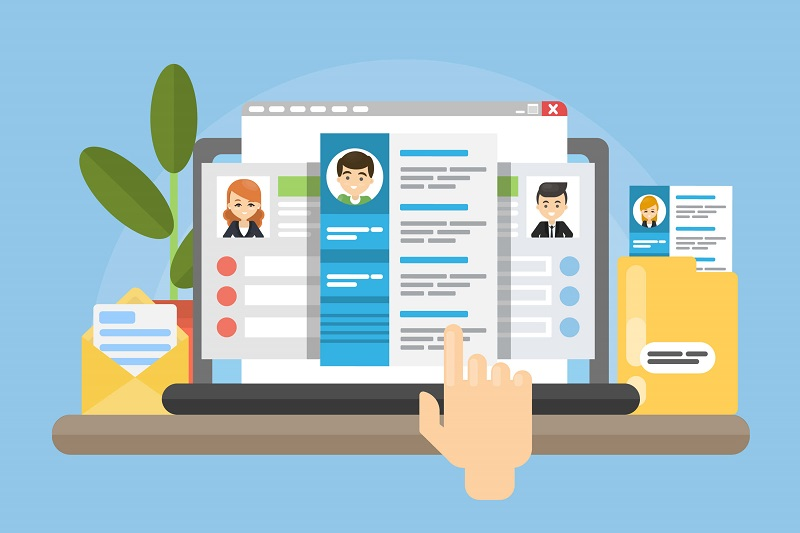ATD Blog
Benefit of Merging Candidate and Learner Personas
Fri Jun 03 2022

Talent acquisition and recruitment teams have turned to candidate personas to cut down on the time and money wasted hiring the wrong person for a job. With just a few tweaks, candidate personas could also inform your company’s L&D strategy, impressing prospects and delighting employees.
What Are Candidate Personas?
A candidate persona is a fictional representation of your ideal job candidate. They come in many permutations but typically include details about preferred work experience, skills, professional short- and long-term goals, and job-search behaviors. Some even note the perks that would attract a person to the company. Candidate personas inform the hiring practices that influence meaningful business metrics, such as turnover, time-to-hire, and more.
What About L&D
L&D teams have taken a similar approach to understanding their target audience by crafting learner personas. These often capture a learner’s preferred format for, attitudes toward, and motivations around workplace learning as well as background information on the skills their job requires. Learner personas ensure L&D professionals build palatable and useful programs that meet performance objectives.
Why Combine Personas for Maximum Impact?
While the two types of personas have different functions, they can inform one another during crucial periods of growth and hiring. Candidate applications and interviews give you an up-close view of what today’s job seekers want in a company and from its learning department. You can assess these data points to determine whether your L&D programs are performing well and how to pivot when they aren’t. Additionally, involving internal employees in designing these hybrid personas gives them a voice in whether current L&D programs help them do their jobs and grow professionally.
Building the Combined Candidate and Learner Persona
The guiding principle for merging candidate and learner personas is this: You want to learn about peoples’ behavior and skills and the environment where they’ll work. For that reason, it’s important to understand learning histories, learning preferences, and entry skill repertoires. Let’s take each one in turn:
Learning histories. Throughout life we contact thousands of learning experiences at school, in the workplace, and in our personal lives. Sometimes those learning experiences are formal: an e-learning course, a performance review, or a goal-setting session. Other times, informal experiences shape our behavior, like when a friend declines a second serving of food we’ve cooked (feedback). Collected events throughout our lives affect our learning behavior and perceptions. Candidates come to a new job with a variety of learning experiences, so investigating their history—what has and hasn’t worked—is a good starting point. Many have completed e-learning courses on job-related topics where no manager ever followed up. That kind of experience is part of the candidate’s learning history and will affect how they show up in the workplace and to your L&D initiatives.
Learning preferences. L&D programs come in different formats: e-learning, microlearning, instructor-led training, written content, knowledge checks, simulations, and so forth. Candidates may have developed preferences for certain approaches through prior experience. Capturing those preferences and listening for whether the learning format helped them do their jobs better or sustain their performance long term is a critical point.
Entry repertoire. We often gather information about prerequisite skills or a candidate’s experience, including coursework, certifications, leadership programs, and college degrees. While a good place to start, prerequisites tell you little about what skills a candidate can perform. You want to know which skills candidates are fluent in and whether they demonstrate problem-solving skills when they are presented with new challenges. For years, tech companies have relied on coding challenges to test a candidate’s entry repertoire. With short performance tasks, hiring managers assess technical skills that dialogue-based interviews can’t. When you include entry repertoire in a candidate persona, L&D teams can better triage their efforts to determine what skills-based programs they need to develop.
Because the L&D space and the interests and needs of job seekers change rapidly, it’s easy to build initiatives around the latest digital transformation trend rather than on what will improve employee performance. Reshaping your candidate personas to consider learner histories, preferences, and entry repertoires keeps L&D design lean and focused. It also provides an easy avenue for testing what works and what doesn’t for your employees and talent pool. Further, when you involve employees in the process, you gain greater buy-in that you’re listening to and valuing their experiences as customers of your product: learning.
